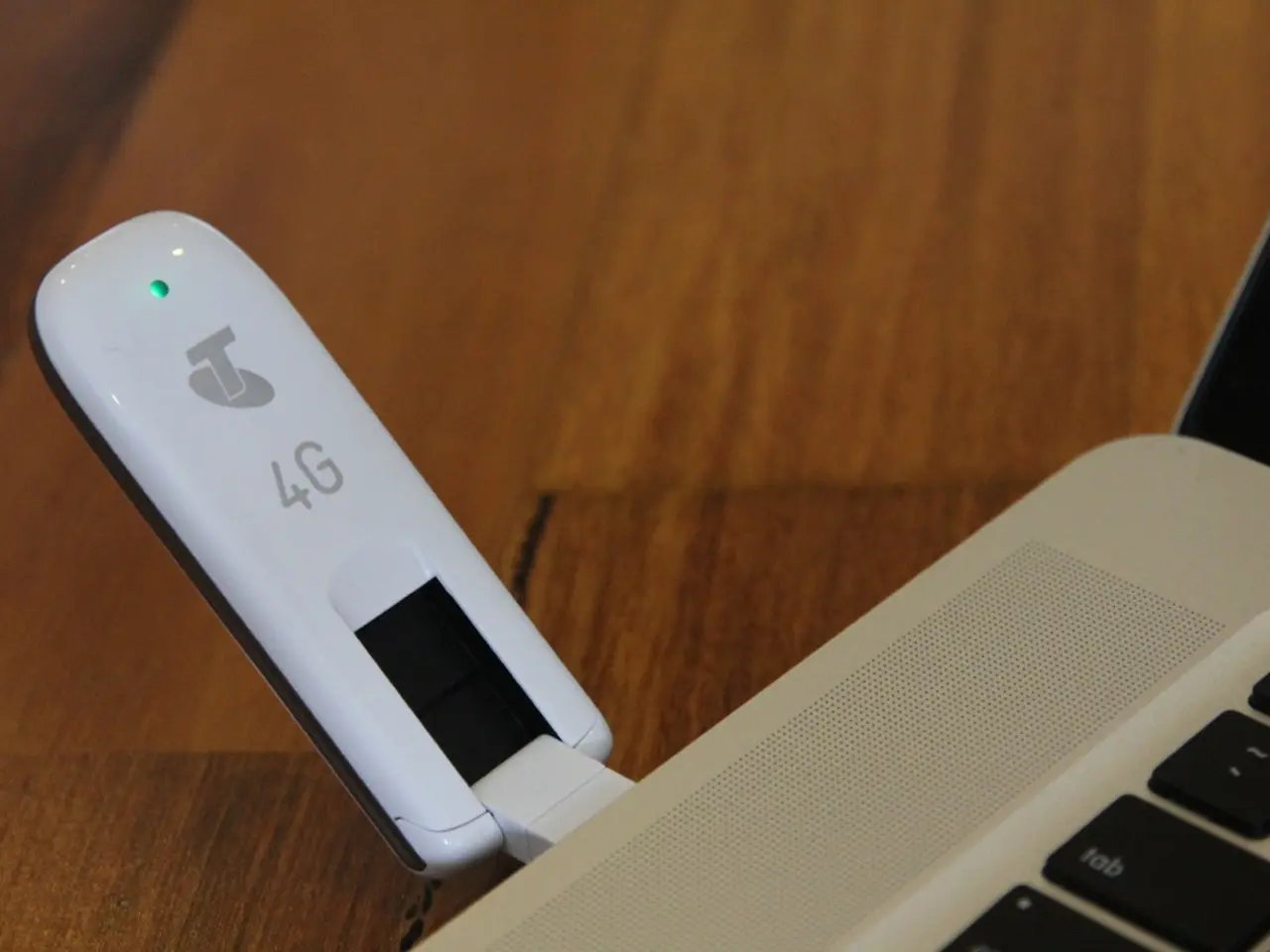External Memory Protection through Hardware Encryption: A Potential Reliable Approach for the Future?
In the era of increasing cyber threats and data breaches, the demand for robust data protection solutions is on the rise. One such solution that is gaining popularity is hardware encryption. This innovative technology, which involves dedicated hardware components for encrypting and decrypting data, is becoming a cornerstone of modern external memory security solutions.
Hardware encryption offers several advantages over traditional software-based encryption methods. For instance, it is easier and more straightforward to set up, requiring minimal user interaction after initial boot authentication. Moreover, it offloads encryption tasks from the CPU, improving system speed and performance.
One of the key benefits of hardware encryption is its enhanced security. By isolating encryption keys and processes in hardware, it significantly reduces the attack surface, protecting from attacks on the operating system and RAM. In addition, hardware-encrypted devices can erase all stored data when incorrectly unlocked multiple times, providing an extra layer of protection against unauthorized access.
As we look to the future, the integration of hardware encryption with biometric authentication such as fingerprint scanning or facial recognition is a promising development. This integration could lead to more seamless and secure access to encrypted data.
In the corporate environment, the widespread adoption of encrypted external memory devices is expected to ensure compliance with data privacy regulations like GDPR and protect against potential data breaches. External hard drives with hardware encryption are common in the enterprise space, featuring automatic encryption, real-time encryption/decryption, and optional password-based access control.
The growing availability of consumer-grade external memory devices with built-in hardware encryption is part of a larger trend in which privacy and data security are becoming central concerns. Hardware-encrypted USB flash drives, for example, often feature AES encryption with 256-bit keys and additional security features like password protection, biometric authentication, and remote wipe capabilities. Some external hard drives with hardware encryption include tamper-resistant hardware-based encryption chips for added protection against physical attacks.
Quantum encryption could eventually make hardware encryption even more secure, leading to the development of new encryption algorithms designed specifically for quantum-resistant security. This development is an exciting prospect for the future of data protection.
In conclusion, hardware encryption offers superior performance, security, and ease of use compared to software-based encryption, making it a cornerstone of modern external memory security solutions. Its ability to isolate cryptographic operations from the main system and provide transparent, fast encryption is driving adoption in portable storage and enterprise environments alike, shaping a future where data protection is more robust, user-friendly, and integrated with broader security ecosystems.
Technology in data-and-cloud-computing, particularly hardware encryption, has become a vital aspect of modern external memory security solutions, given the rising cyber threats and data breaches. By utilizing dedicated hardware components for encrypting and decrypting data, hardware encryption ensures enhanced security, minimizing the attack surface and protecting against potential attacks on the operating system and RAM.




